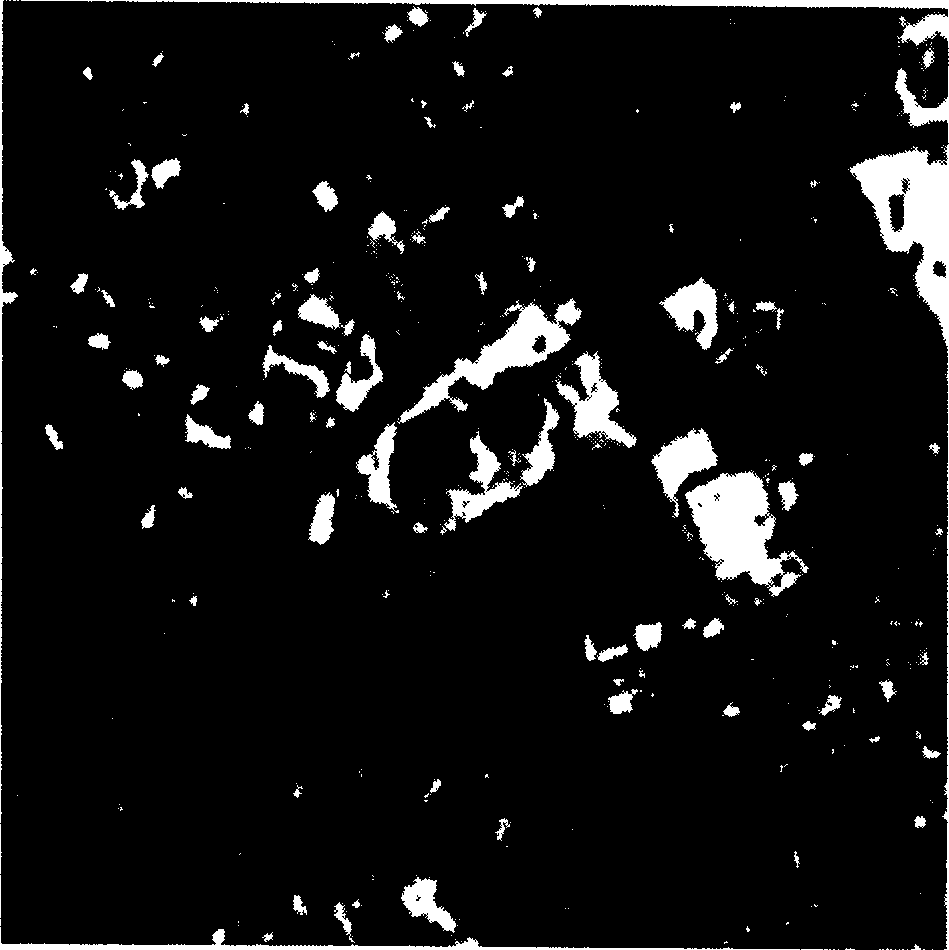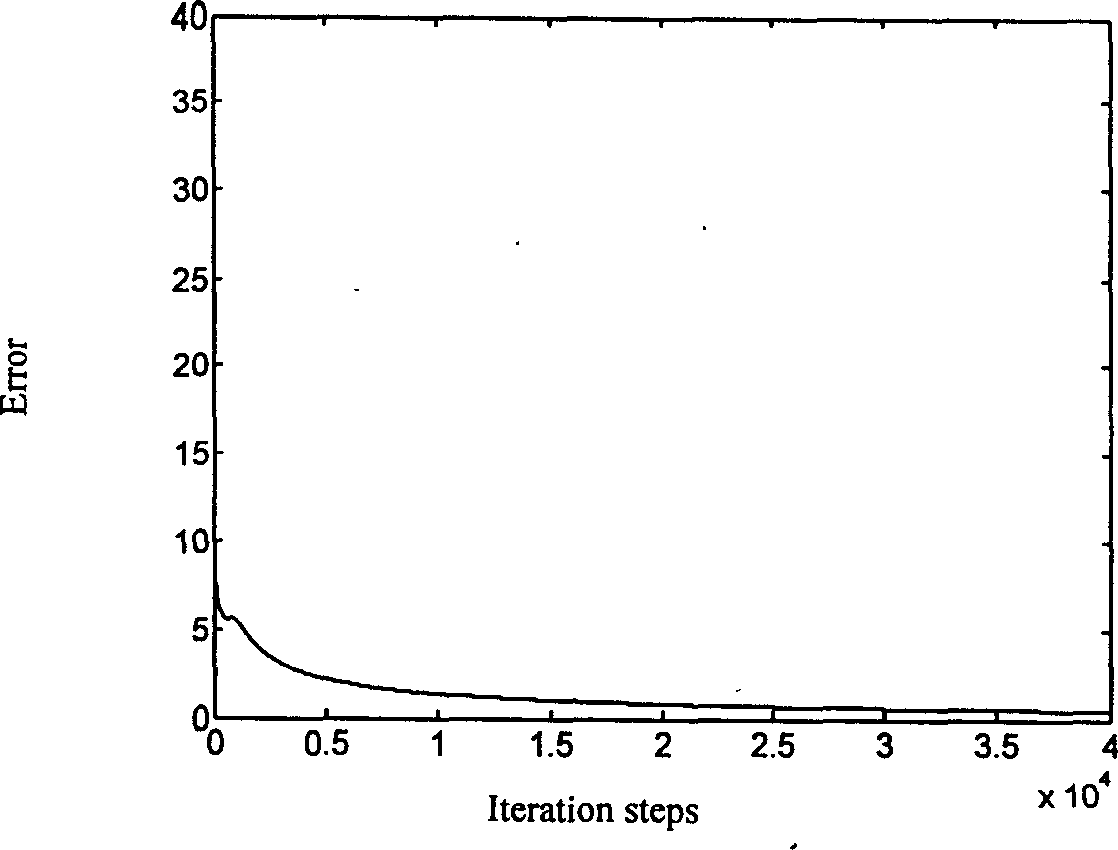Method for sorting characters of ground object through interfusion of satellite carried microwave and infrared remote sensing
A ground object feature and infrared technology, which is applied in character and pattern recognition, instruments, computer parts, etc., can solve the problems that the classification method cannot obtain the ideal classification effect and is easy to fall into the local minimum
- Summary
- Abstract
- Description
- Claims
- Application Information
AI Technical Summary
Problems solved by technology
Method used
Image
Examples
Embodiment Construction
[0054] The present invention selects the area near Shanghai Pudong Century Park with large tracts of land, rivers and buildings. The infrared data is the 4th, 5th, and 7th bands of Landsat ETM+ on November 27, 2002, with a spatial resolution of 30m. figure 1 Band 4 of it is shown. The radar data is ERS-2SAR on April 9, 2002, with a frequency of 5.3GHz, VV polarization, and a spatial resolution of 12.5m, see figure 2 .
[0055] The present invention divides the ground objects in the research area into five categories: water, grassland, buildings, roads and bare land. First, select 4 samples from the 4th, 5th, and 7th bands of LandsatETM+ for each type of ground object to be classified as the input of BP-ANN, and train them. The obtained training error curve is shown in image 3 , the actual output and target output of the network are shown in Table 1. Then input the same sample on the infrared image into the BP-ANN / GA network, and the obtained training error curve is shown ...
PUM
 Login to View More
Login to View More Abstract
Description
Claims
Application Information
 Login to View More
Login to View More - R&D
- Intellectual Property
- Life Sciences
- Materials
- Tech Scout
- Unparalleled Data Quality
- Higher Quality Content
- 60% Fewer Hallucinations
Browse by: Latest US Patents, China's latest patents, Technical Efficacy Thesaurus, Application Domain, Technology Topic, Popular Technical Reports.
© 2025 PatSnap. All rights reserved.Legal|Privacy policy|Modern Slavery Act Transparency Statement|Sitemap|About US| Contact US: help@patsnap.com



